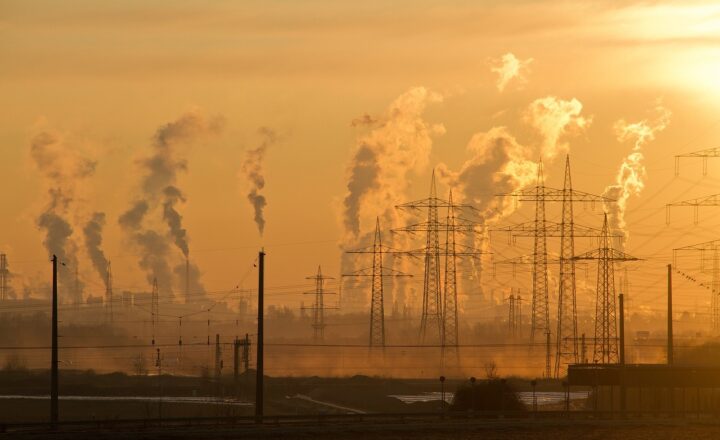The Great Pacific Garbage Patch: How It Formed and What We Can Do to Reduce It
November 14, 2024

The Great Pacific Garbage Patch (GPPG) is not a traditional island but rather a massive collection of marine debris, primarily plastic, floating in the North Pacific Ocean. This area, located between Hawaii and California, has gained notoriety for its growing impact on marine life, ecosystems, and human health. Understanding its formation, implications, and the measures we can take to mitigate its effects is crucial as we strive to protect our planet and its oceans.
1. Understanding the Great Pacific Garbage Patch
The GPPG may sound alarming, but it’s important to clarify that it doesn’t appear as a dense mass of plastic waste that one might envision. Rather, it consists of microplastics, small plastic fragments, and other debris spread over a vast area that’s nearly twice the size of Texas. According to recent estimates, this patch holds around 1.8 trillion pieces of plastic weighing approximately 80,000 metric tons.
2. The Formation of the Great Pacific Garbage Patch
The formation of the GPPG is a consequence of various factors:
– Ocean Currents: The North Pacific Gyre, a system of rotating ocean currents, acts like a whirlpool that pulls in debris from nearby coastal regions, creating a dumping ground for marine waste.
– Plastic Pollution: Plastics make up approximately 90% of the debris in the GPPG. These products enter the ocean through rivers, littering, and inadequate waste disposal management, eventually finding their way to the gyres.
– Longevity of Plastics: Unlike organic waste, plastics can take hundreds or even thousands of years to decompose, which means they persist in the oceans for extended periods, exacerbating the problem.
Comprised mainly of microplastics (pieces less than five millimeters), the GPPG poses a significant challenge for wildlife.
3. The Impact of the Great Pacific Garbage Patch
The environmental effects of the GPPG are far-reaching:
– Threat to Marine Life: Marine animals mistake plastic debris for food, leading to ingestion that can be fatal. Species such as sea turtles, seabirds, and fish are often found with plastic in their stomachs, causing internal injuries and death.
– Ecosystem Disruption: The accumulation of plastics disrupts marine habitats, altering the ecosystems that provide food and shelter to diverse marine species.
– Human Health Concerns: Microplastics have been found in seafood, threatening human health through the food supply chain. As plastics break down, they release toxic additives that can enter the human body, potentially leading to health problems.
4. What Can Be Done to Reduce the Great Pacific Garbage Patch?
While the GPPG represents a daunting challenge, there are actionable steps individuals and communities can take to reduce plastic pollution:
– Reduce Single-Use Plastics: Switching to reusable items, such as water bottles, shopping bags, and straws, can significantly reduce plastic consumption.
– Participate in Clean-Up Initiatives: Engaging in community clean-up events along beaches and rivers keeps plastics out of the ocean.
– Support Legislation: Advocating for policies aimed at reducing plastic production, enhancing waste management practices, and promoting recycling can have a systemic impact on reducing plastic waste.
– Educate Others: Raising awareness about the dangers of plastic pollution and encouraging sustainable practices within communities can foster a culture of environmental responsibility.
– Innovate Solutions: Supporting innovation in materials science to develop biodegradable alternatives to plastics helps tackle the problem at its source.
5. Conclusion: Our Responsibility Towards the Oceans
The Great Pacific Garbage Patch is a stark reminder of humanity’s impact on our oceans: it represents the consequences of our throwaway culture. By taking individual responsibility and collective action, we can contribute to reducing plastic waste and protecting marine environments.
As we educate ourselves and advocate for necessary changes, we heal our oceans and preserve the beautiful ecosystems that depend on clean waters. Every small action counts; let’s commit to taking those steps today for a greener, cleaner tomorrow.








